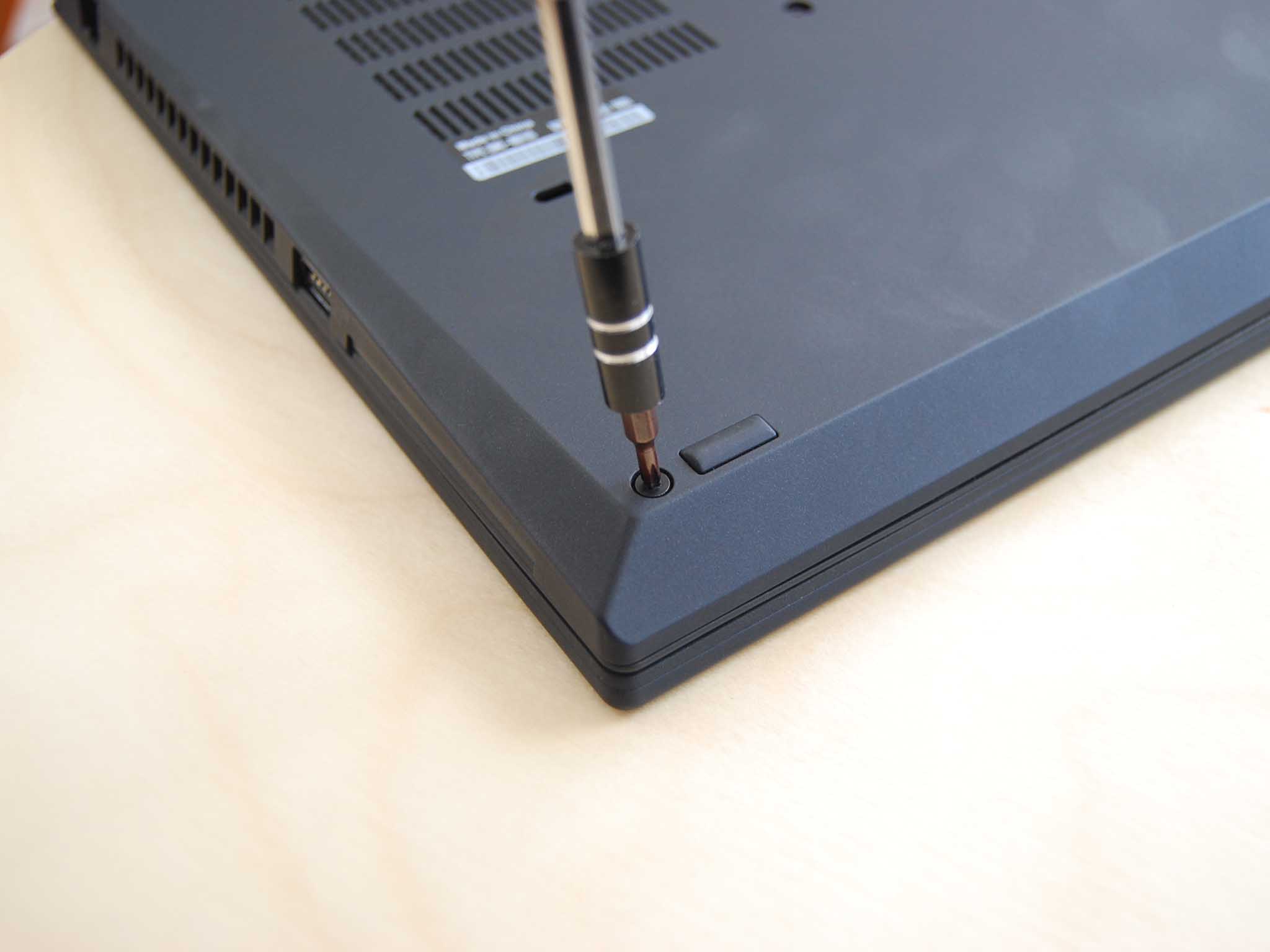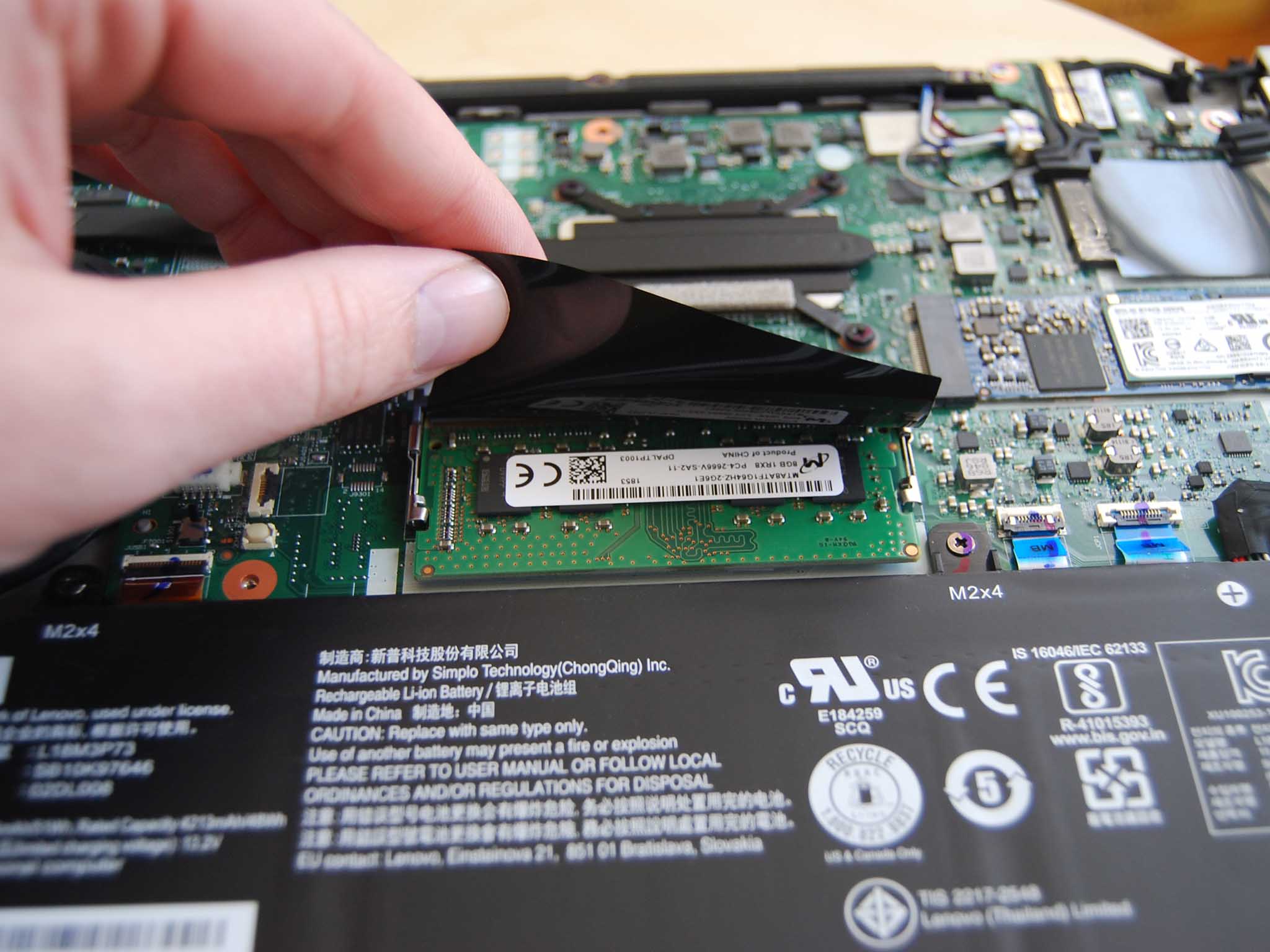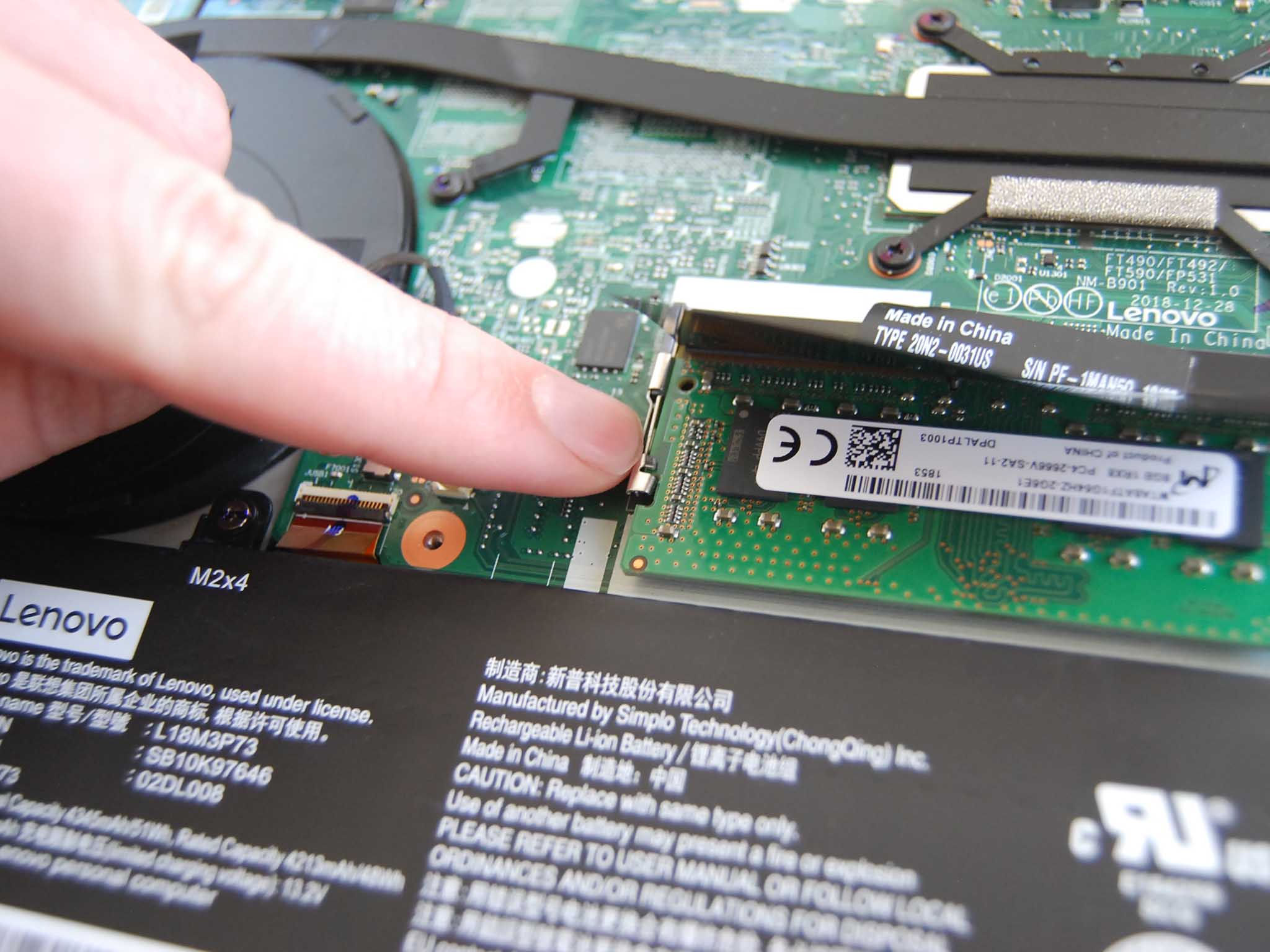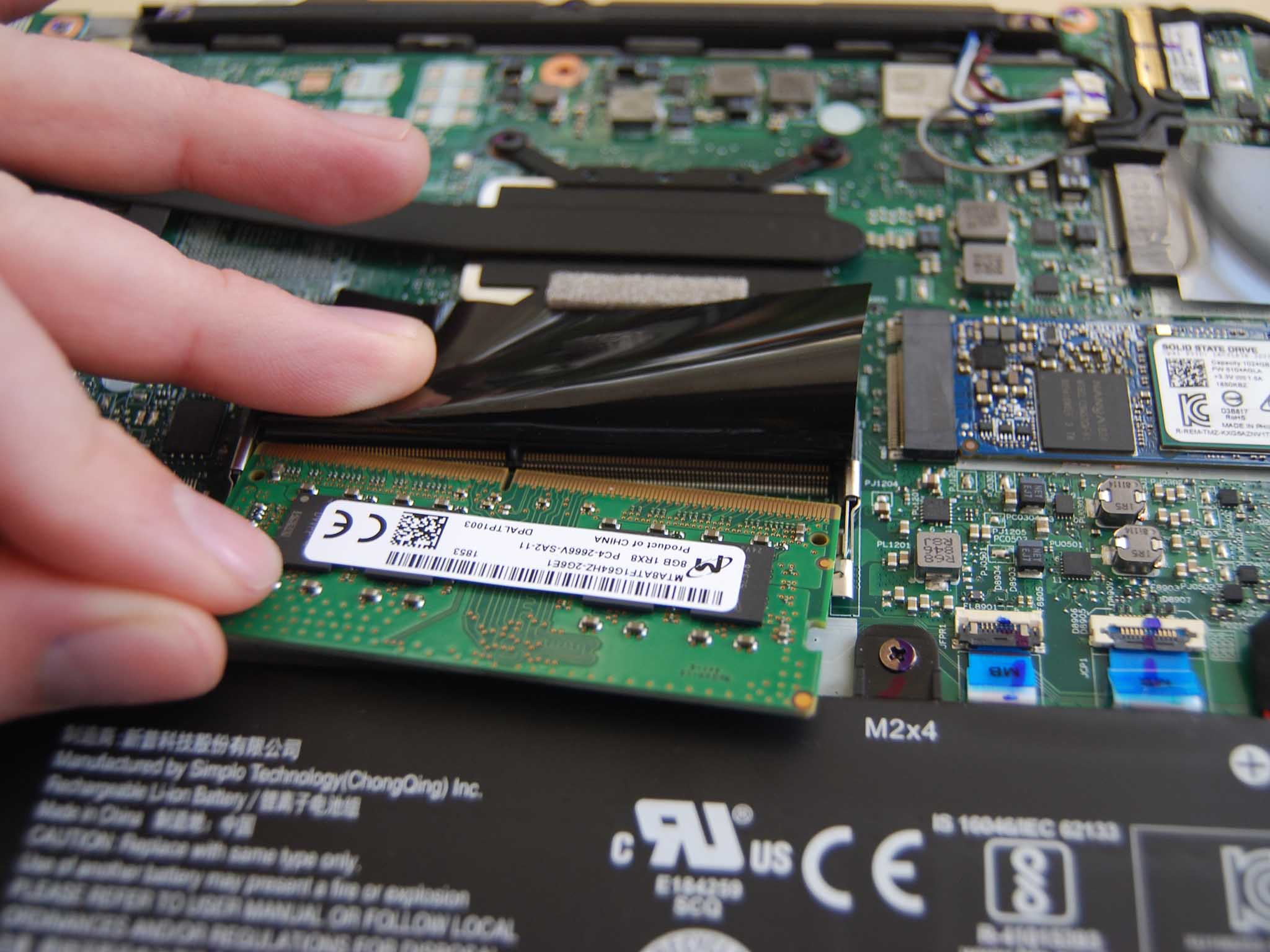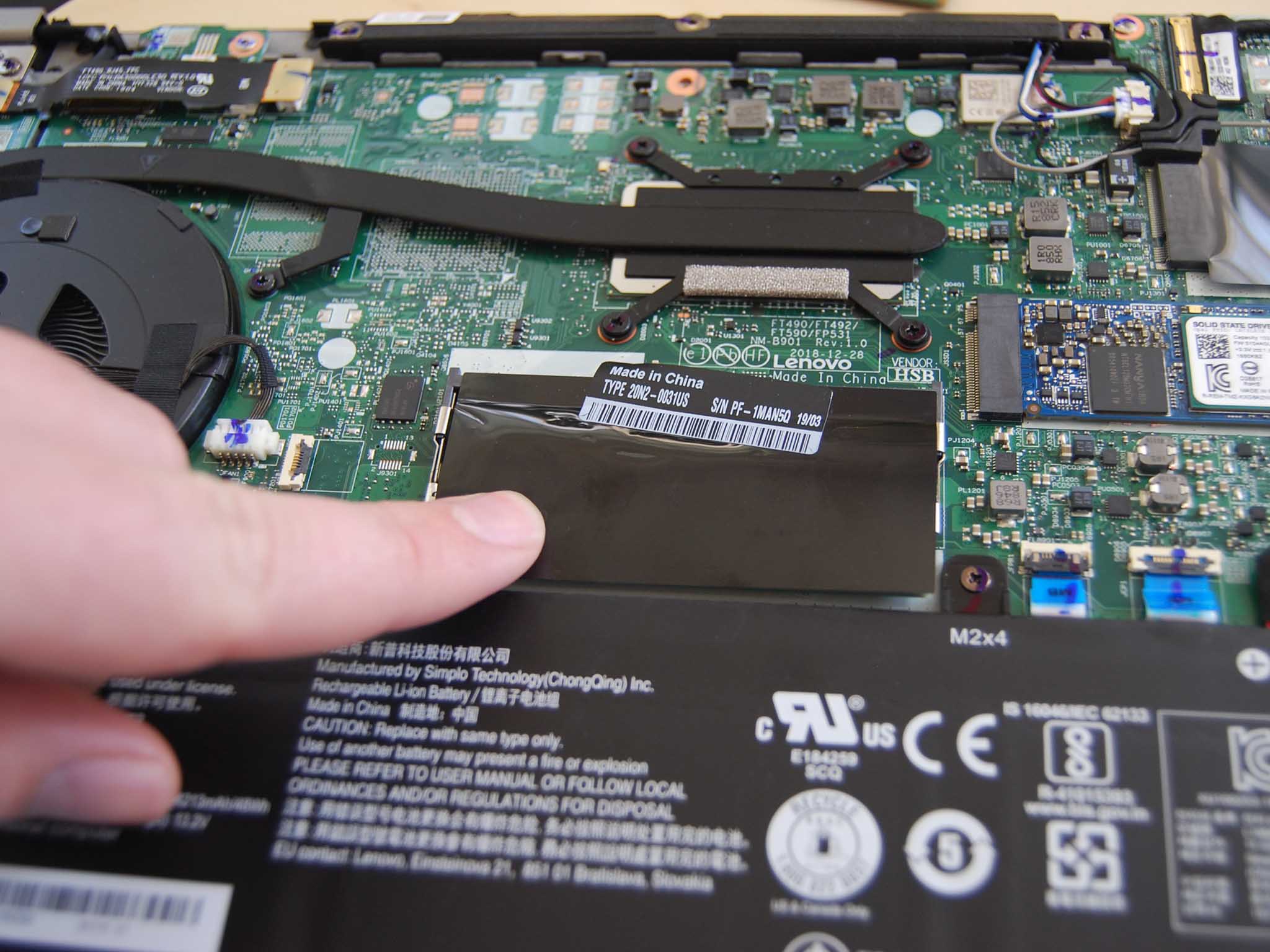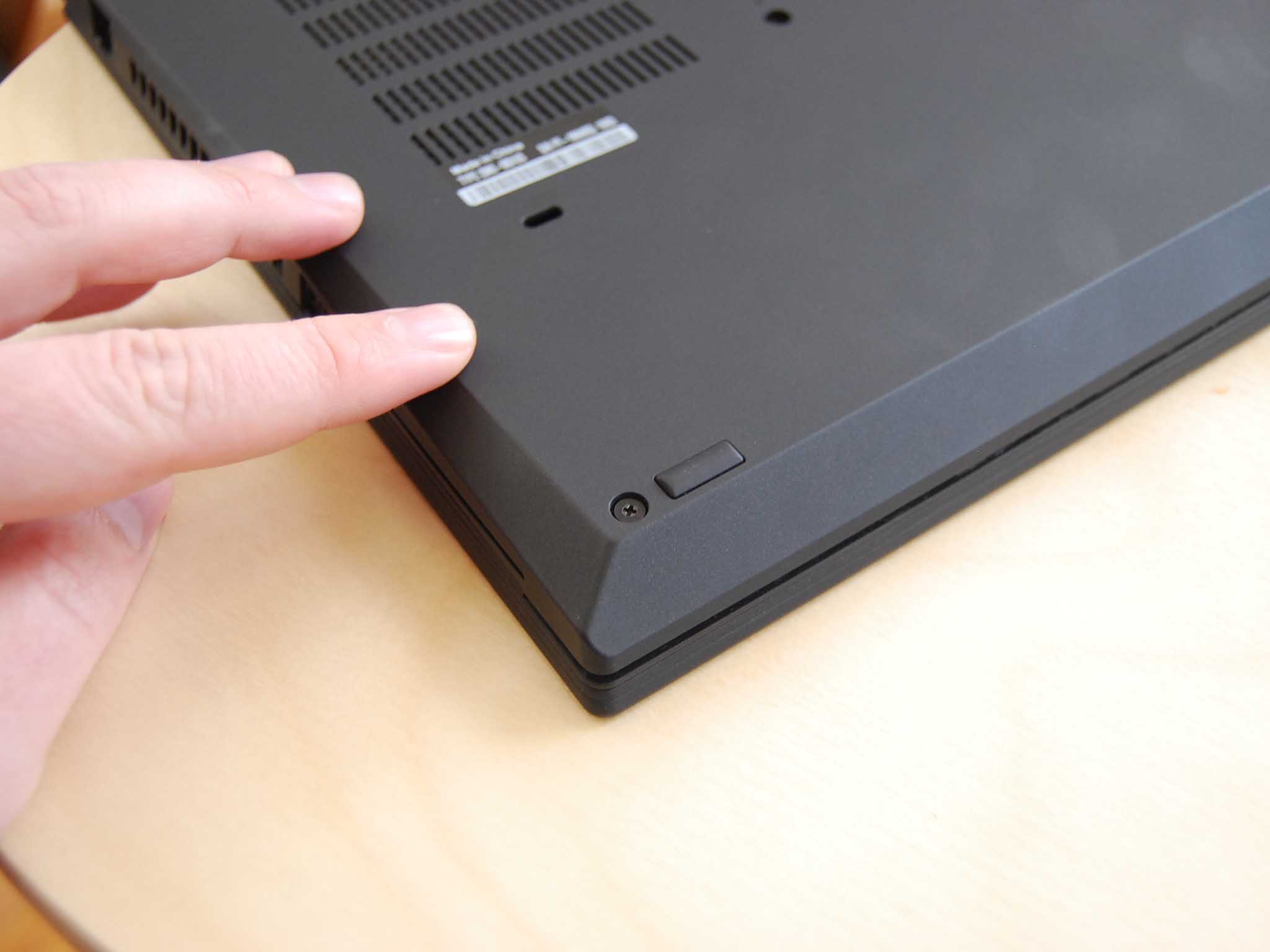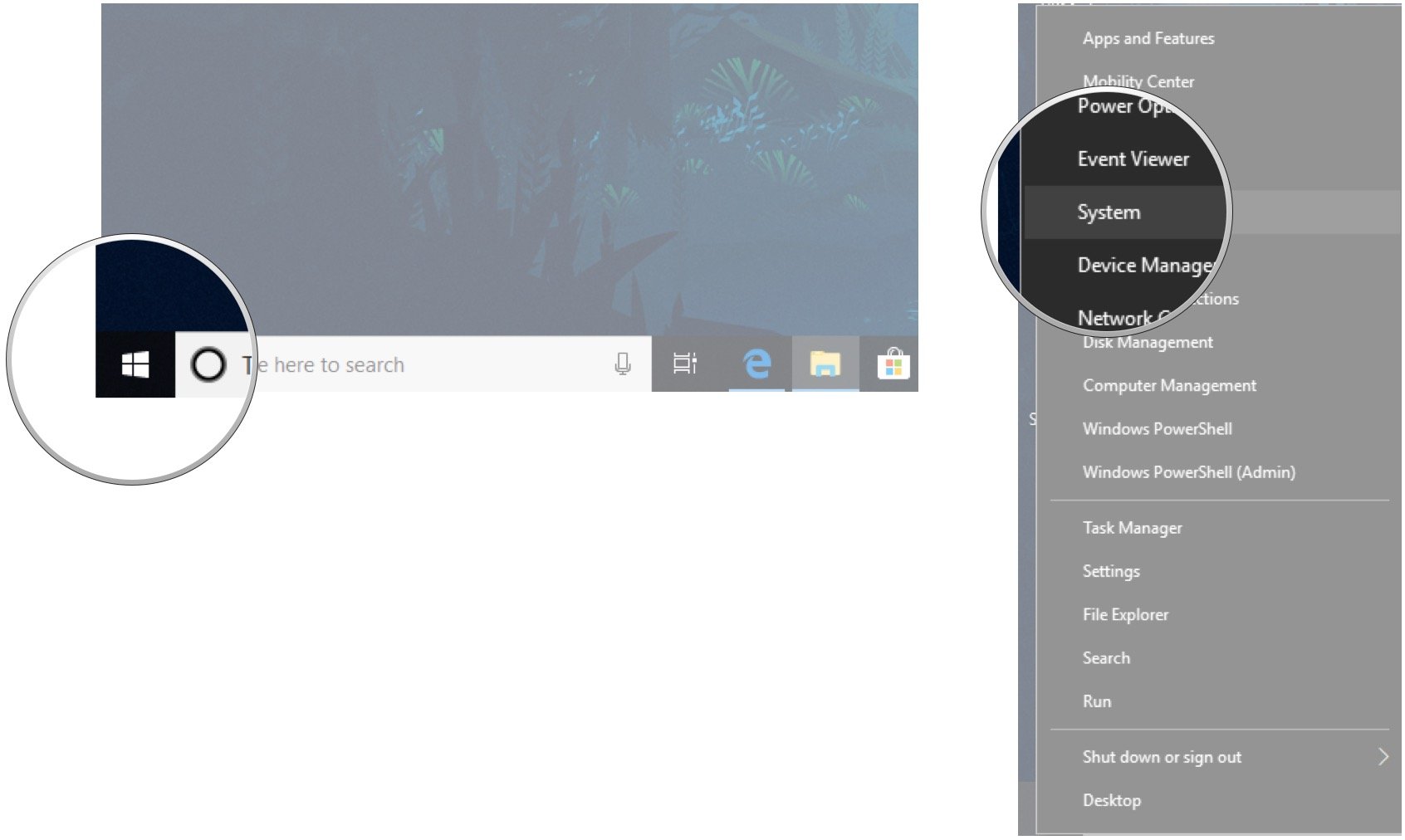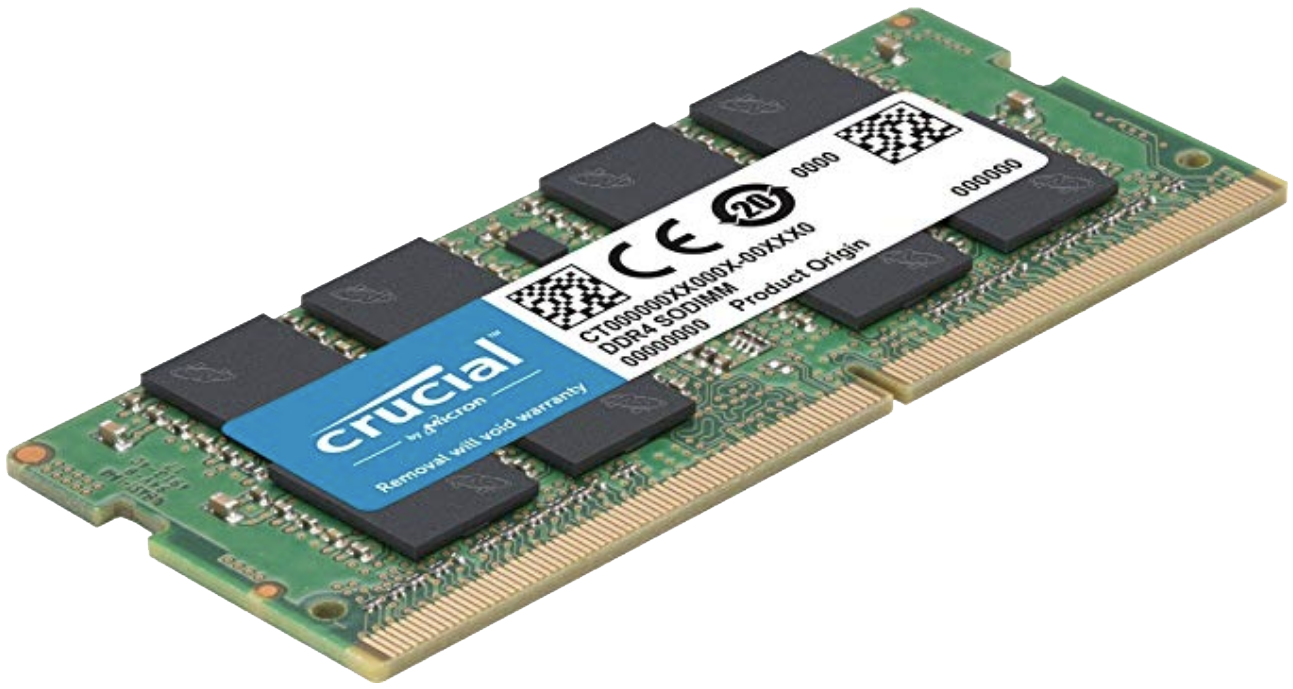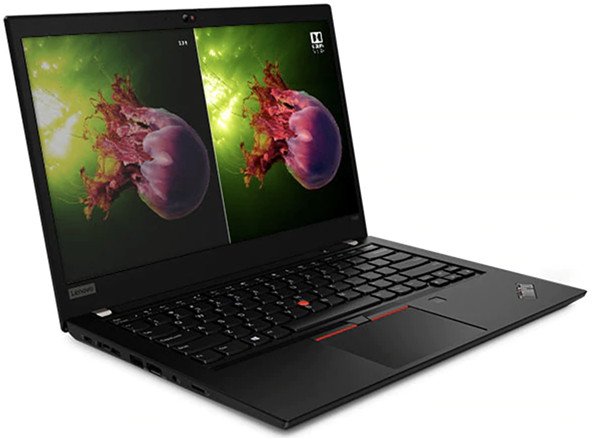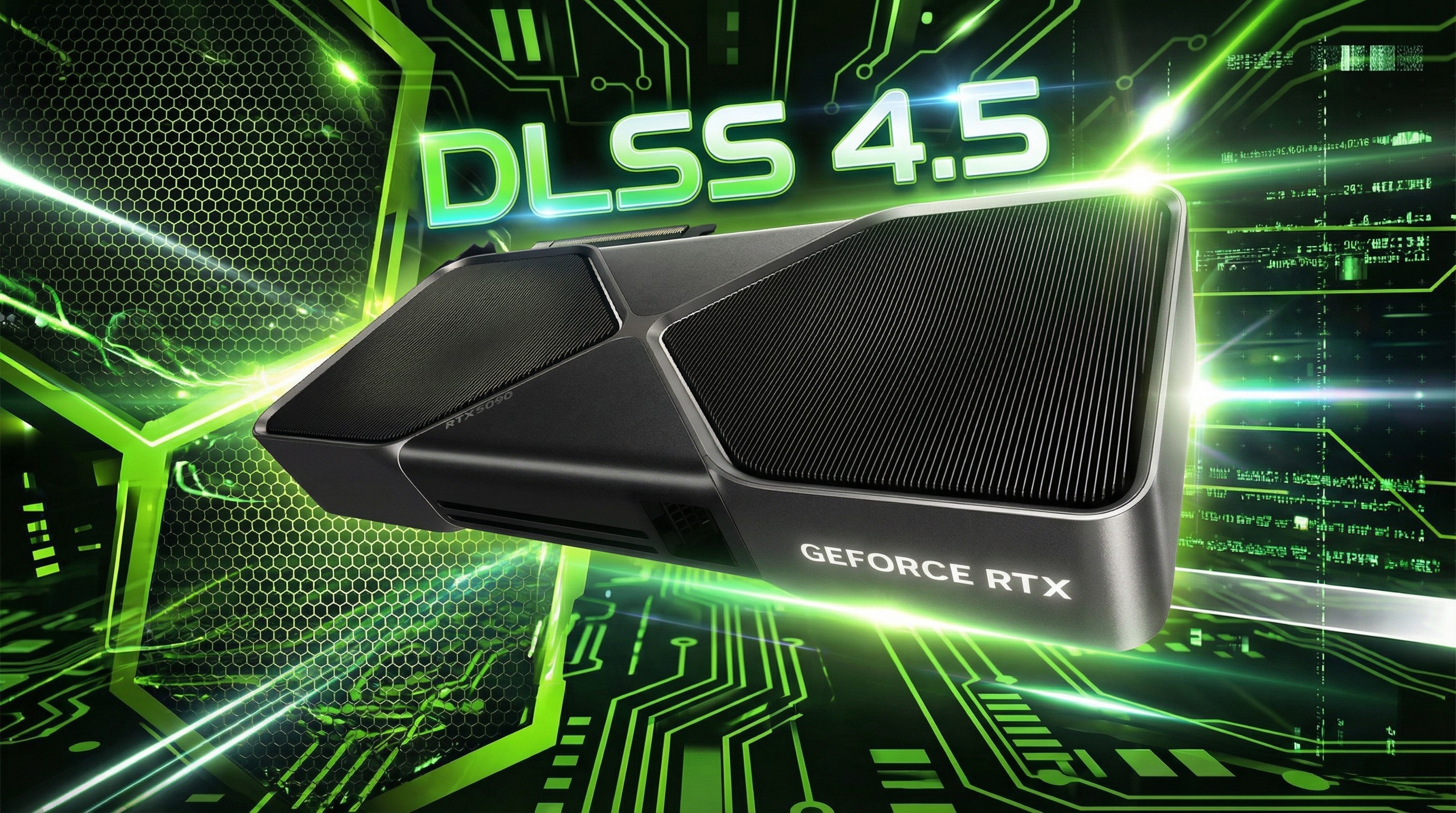
Lenovo's ThinkPad T490 is an outstanding 14-inch Ultrabook with a focus on durability, performance, and security, and part of its charm lies in the upgradeable SODIMM RAM. While one of the modules is soldered to the board, the other can be accessed by removing the back panel of the laptop. If you picked up a model and want to upgrade, we will walk you through the steps and make some hardware recommendations so that you don't have to worry about compatibility.
Hardware to get the job done
- Compatible SODIMM RAM: Crucial DDR4-2400 (From $24 at Amazon)
- Prevent damage: Rosewill anti-static wristband ($7 at Amazon)
- All required tools: ORIA PC toolkit ($33 at Amazon)
- Powerful business laptop: Lenovo ThinkPad T490 (From $1,017 at Lenovo)
How to upgrade RAM in your Lenovo ThinkPad T490
Note: Before beginning any upgrades on a PC, it's a good idea to back up your data in the unlikely event something should go wrong. You'll also want to ensure you're not working in a static-filled environment, as it can cause damage to a PC's internal hardware. Consider investing in an anti-static wristband to avoid unnecessary damage.
Most ThinkPad T490 models ship with 8GB of RAM soldered to the board, which is inaccessible and non-replaceable. You might have a model with additional RAM in the second (and accessible) SODIMM slot, which is what we will focus on here.
We recommend Crucial DDR4-2400 SODIMM RAM as an upgrade, available in 4GB, 8GB, and 16GB sticks. It's reliable, it's competitively priced, and it's sure to work in your ThinkPad T490.
When you have the upgrade RAM ready to go and you've made any necessary data backups, clear out a well-lit workspace, power down your T490, and proceed with the steps below. If you're simply adding RAM to an empty module, you can skip steps 4 and 5 in the instructions below.
- Unscrew the six black fasteners on the back panel using a Phillips-head screwdriver. The screws will not come back out entirely despite being completely loosened. This is to prevent loss.
- Pry up the back panel using a pry tool. Start at one corner and work your way around the laptop.
- Lift and fold back the black shielding over the RAM module.
- Unclip the arms on either side of the RAM module by applying pressure. The RAM should pop up and remain at an angle.
- Remove the RAM from the slot by carefully pulling it away.
- Insert the new RAM into the slot at a 45-degree angle. Notice it is keyed and will only fit one way.
- Press down on the RAM so that the side arms clip back into place. This ensures the RAM doesn't come loose.
- Fold the black shielding back over the RAM module.
- Replace the bottom panel of the laptop by applying pressure until you hear it click back into place.
- Screw in the six fasteners on the back panel.
You should now be free to power on your ThinkPad T490 to ensure the RAM upgrade went according to plan. You can check to see if it's been recognized by your system with the following steps.
- Right-click the Start button.
- Click System. You should now be able to see the total amount of installed RAM in the Device specifications section. As long as it matches the total amount you have installed, your upgrade was a success.
Our top hardware picks
We've had nothing but success with Crucial RAM, and this DDR4 SODIMM option is no different. It's available in 4GB, 8GB, and 16GB sticks so you can get the amount you want.
All the latest news, reviews, and guides for Windows and Xbox diehards.
Available with a 14-inch WQHD display with Dolby Vision HDR, NVIDIA MX250 dedicated graphics card (GPU), 1TB PCIe M.2 solid-state drive (SSD), and 8th Gen Intel Core i7-8565U processor (CPU), the ThinkPad T490 is an impressive Ultrabook that's durable and secure.
Additional Equipment
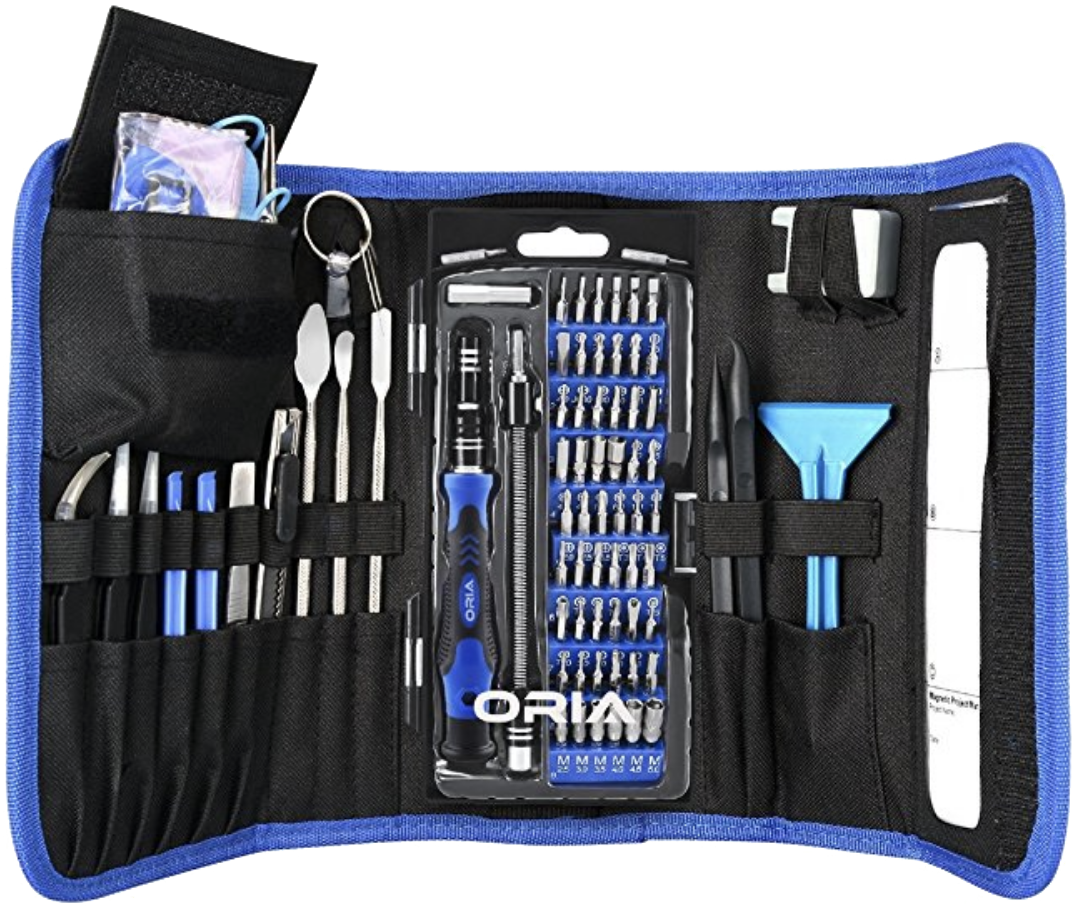
ORIA PC toolkit ($33 at Amazon)
Having the proper gear to work on your PC will always make the job much easier. Here you get a plethora of tools contained in a portable case.
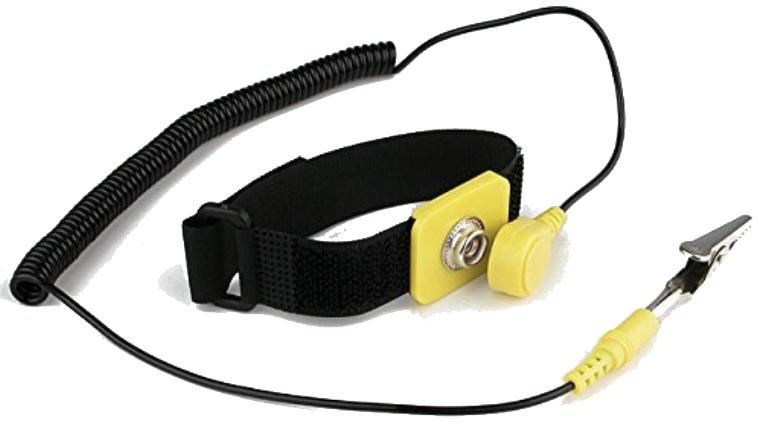
Rosewill anti-static wristband ($7 at Amazon)
Static electricity can damage sensitive PC parts, so remove the risk with an anti-static wristband. Fasten it around your wrist and clip it onto your PC for peace of mind.

Cale Hunt brings to Windows Central more than nine years of experience writing about laptops, PCs, accessories, games, and beyond. If it runs Windows or in some way complements the hardware, there’s a good chance he knows about it, has written about it, or is already busy testing it.
